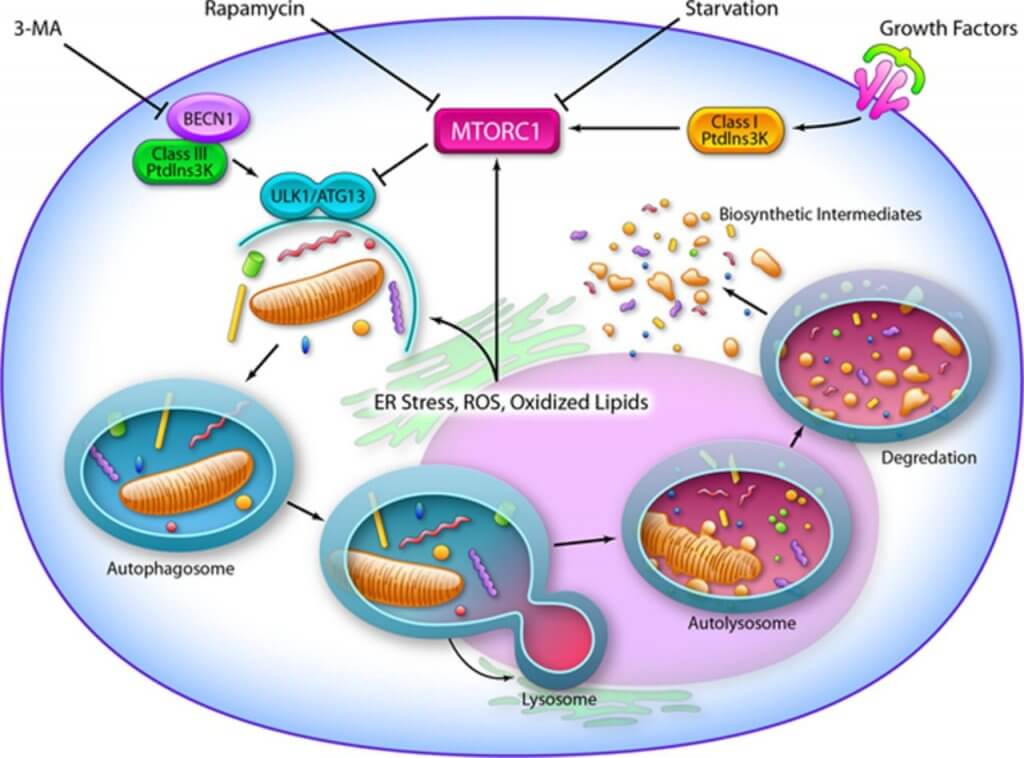- 5 months ago
- 24Minutes
- 4873Words
- 524Views
How to fast for the best health results
(1) Fasting: Molecular Mechanisms and Clinical Applications PubMed http://www.ncbi.nlm.nih.gov/pmc/articles/PMC3946160/
(2) How to Get Well: Handbook of Natural Healing ISBN 0-932090-03-6
(3) Cleanse and Purify Yourself https://openlibrary.org/publishers/distributed_by_Health_Freedom_Resources
(4) Roles of Caloric Restriction, Ketogenic Diet and Intermittent Fasting during Initiation, Progression and Metastasis of Cancer in Animal Models: A Systematic Review and Meta-Analysis. PUBMED https://www.ncbi.nlm.nih.gov/pmc/articles/PMC4263749/
(5) INTERMITTENT FASTING AND HUMAN METABOLIC HEALTH. PUBMED https://www.ncbi.nlm.nih.gov/pmc/articles/PMC4516560/
(6) Ketosis, ketogenic diet and food intake control: a complex relationship. Pubmed https://www.ncbi.nlm.nih.gov/pmc/articles/PMC4313585/
(7) Intermittent metabolic switching, neuroplasticity and brain health. PUBMED https://www.ncbi.nlm.nih.gov/pmc/articles/PMC5913738/
(8) Prolonged Fasting Reduces IGF-1/PKA to Promote Hematopoietic-Stem-Cell-Based Regeneration and Reverse Immunosuppression. https://www.cell.com/cell-stem-cell/fulltext/S1934-5909(14)00151-9
(9) The Nobel Prize, Press Release. https://www.nobelprize.org/prizes/medicine/2016/press-release/
(10) Can ageing be slowed? Hormetic and redox perspectives. PUBMED https://www.ncbi.nlm.nih.gov/pmc/articles/PMC3227150/
(11) Testing the “garbage” accumulation theory of ageing: mitotic activity protects cells from death induced by inhibition of autophagy. PUBMED https://www.ncbi.nlm.nih.gov/pubmed/15834662
(12) Garbage catastrophe theory of aging: imperfect removal of oxidative damage? PUBMED https://www.ncbi.nlm.nih.gov/pubmed/11333111
(13) Proteostasis, oxidative stress and aging. Science Direct. https://www.sciencedirect.com/science/article/pii/S2213231716304694
(14) Autophagy and the Immune System. Annual Review of Immunology https://www.annualreviews.org/doi/10.1146/annurev-immunol-020711-074948
(15) The Effects of Intermittent Fasting on Brain and Cognitive Function https://www.ncbi.nlm.nih.gov/pmc/articles/PMC8470960/
(16) PubMed on Ketogenic Diet in Cancer Therapy
(17) PubMed on Calorically Restricted Ketogenic Diet for Brain Cancer
Let’s investigate various types of fasting, complete fasts, intermittent fasting/ketosis, and detox fasting, and how best to combine these into your healthy, sustainable health program.
Fasting has been around for thousands of years but has become popular once again as a good general health practice and also for weight loss.
UNDERSTANDING FASTING
What Is Fasting?
Traditionally fasting is defined as abstaining from all or some kinds of food or drink, especially as a religious observance. “the ministry instructed people to fast”.
The technical definition of fasting is: be deprived of all or some kinds of food, especially for medical or experimental reasons.
We are mostly focusing on the latter on this page.

Background On Fasting
Fasting has been practiced for millennia but only recent studies have shed light on its role in adaptive cellular responses that reduce oxidative damage and inflammation, optimize energy, metabolism and bolster cellular protection. In microorganisms, chronic fasting extends longevity in part by reprogramming metabolic and stress resistance pathways.
In rodents, intermittent or periodic fasting protects against diabetes, cancers, heart disease and neuro-degeneration, while in humans it helps reduce obesity, hypertension, asthma and rheumatoid arthritis. Fasting has the potential to delay aging and help prevent and treat diseases while minimizing the side effects caused by chronic bad dietary habits. (1)
Fasting triggers ketosis (where your body must burn ketone bodies) and this has many health benefits as you can see in the diagram below.
Recently there have been studies conducted on the effects of fasting, so I thought it worth sharing some of these with you.
We will explore the various types of fasting a little further below.
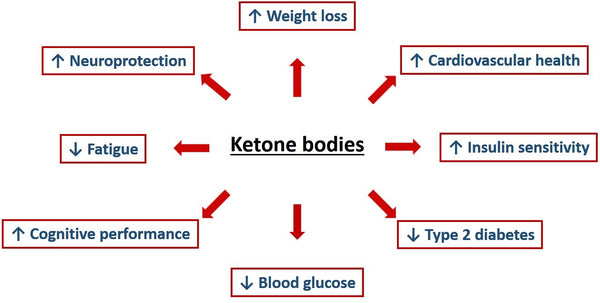
I don’t recommend extreme fasting unless you are very experienced, well researched or otherwise healthy. In saying that, a good fast on selected super-foods can give intense and rapid health benefits. You will find such super-food detox recipes on our detox recipe page.
Part of our Herbal DETOX Program is the detox diet which can involve significant changes in eating habits. Essentially the diet is a fast on pure fruits and mostly raw vegetables, but we will get to this later.

EXPLORING THE TYPES OF FASTING METHODS
There’s not just one way to fast, so let’s look briefly at the most popular methods of fasting including:
- Intermittent Fasting – Exploring the concept of intermittent fasting and its variations.
- Prolonged Fasting – Prolonged fasting and its potential benefits are outlined.
- Detox Diet Fasting – A discussion on detox diet fasting and its objectives.
Click the headings above to skip to each fasting type.

INTERMITTENT FASTING
Intermittent fasting has become very popular among weight loss communities and involves not eating any calorie-containing food for a period of several hours, usually between 12 and 16 hours and only eating within an 8-12 hour period.
This encourages the body to use stored energy (glycogen and fats) which triggers Ketosis, weight loss, and many other benefits.
Types of Intermittent Fasting
Complete Alternate Day Fasting
These regimens involve alternating fasting days (no energy-containing foods or beverages consumed) with eating days (foods and beverages consumed freely).
Modified Fasting Regimens
Modified regimens allow for the consumption of 20–25% of energy needs on scheduled fasting days. This regimen is the basis for the popular 5:2 diet, which involves severe energy restriction for 2 non-consecutive days a week and ad-libitum eating the other 5 days.
Time-Restricted Feeding
These protocols allow individuals to eat freely, but to only consume energy intake within specific windows, which induces fasting periods on a routine basis.

Religious Fasting
A wide variety of fasting regimens are undertaken for religious or spiritual purposes.
Ramadan Fasting
A fast from dawn to sunset during the holy months of Ramadan. The most common dietary practice is to consume one large meal after sunset and one lighter meal before dawn. Therefore the feast and fast periods of Ramadan are approximately 12 hours in length.
Other Religious Fasts
Latter Day Saints followers routinely abstain from food and drink for extended periods of time. Some Seventh-day Adventists consume their last of 2 daily meals in the afternoon, resulting in an extended nighttime fasting interval that may be biologically important.
Let’s talk here about the most popular type of intermittent fasting ‘Time-Restricted Feeding’.

Time-Restricted Feeding or Keto Diet?
The common form of time-restricted feeding is known as ‘Intermittent Fasting’ or a ‘Keto Diet’
Let’s talk about the Keto diet and intermittent fasting, and how Ketosis can be part of your healthy weight management program.
Keto diets have become a worldwide trend as a way to lose weight. They revolve around a high-fat, low-carb diet, which often gets confused with a high and protein intake, lots of fatty meat. However, is this really healthy, the best way of triggering Ketosis, and could plant-based, intermittent fasting be even better, e.g. a Keto-Med Diet?
Scientific research shows that a combination of plant-based diets and intermittent fasting is actually a lot better for your health, so how about combining this with a Keto diet?
The great thing with intermittent fasting is that you don’t have to restrict yourself to an extremely low carbohydrate diet. In fact, you can consume a wide range of fruits and vegetables which in itself is a much healthier diet than common ‘Keto Diet’ plans, which often result in eating a lot of meat, cheese, eggs, and aminal products. Too much meat has been shown to have many negative health effects.
Fasting And Ketosis
Intermittent fasting is known to induce a temporary state of Ketosis, where the body begins to burn stored fats and sugars that would otherwise sit dormant and potentially build up in storage in the body tissues and organs. This can have a very positive effect on our health.
During evolution, individuals whose brains and bodies functioned well in a fasted state were successful in acquiring food, enabling their survival and reproduction. With fasting and extended exercise, liver glycogen stores are depleted and ketones are produced from adipose-cell-derived fatty acids. (7)

A very interesting phenomenon within our body is cycle and rhythm. Everything operates in a pattern of ebb and flow. Our breathing, pulse, sleep and wake cycle, hormones, moods and energy levels. Interestingly, this also applies to our digestive system, nutrient levels, and eating habits.
Think about it, how much better does a cold glass of water taste after you’ve been out in the hot sun or had a hot bath, and food is so much more delicious when you haven’t eaten for a while. This is because your body is like a sponge ready to absorb and utilize those nutrients immediately when you have reached the point of true hunger.
Training your body to survive between meals, and utilizing stored energy (glycogen and fats) is extremely good for your health and this is what happens during Ketosis.
Let’s find out why.
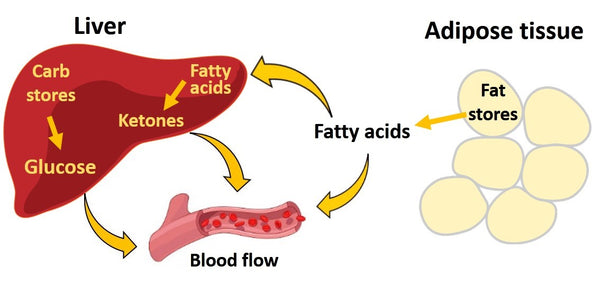
The process Of Ketosis Explained
Hunger and satiety are two important mechanisms involved in body weight regulation. Yes, we can regulate food intake at will, but there are inbuilt systems that regulate food intake and energy expenditure.
This control network is spread around the brain, gets signals from fat cells, the gut, and from blood and nerves and is influenced by nutrients, hormones and other signaling molecules.
Ketone bodies are the major source of energy in the periods of fasting and/or carbohydrate shortage and might play a role in food intake control. (6)
Ketosis is normally induced through fasting or through a drastically reduced carbohydrate diet (below 20 g per day). In these conditions, glucose reserves become insufficient for cellular energy needs, and for the supply of glucose to the central nervous system (CNS) which includes the brain.
It is well-known that the CNS cannot use fats as an energy source because fats cannot cross the blood-brain barrier. This is why the brain normally uses only glucose (simple sugar). After 3–4 days without carbohydrate intake or fasting the CNS must find alternative energy sources.
These alternative energy sources are the ketones bodies: acetoacetate (AcAc), β-hydroxybutyric acid (BHB) and acetone and the process of their formation occurring in the liver is called Ketogenesis. (6)
The Liver is the central storehouse for excess sugar (as glycogen) and excess fats. It is also the central hub for controlling your metabolism so it makes perfect sense that mobilizing these sugar and fat energy stores from your Liver will help with weight control.
Hence the terms Ketosis or Keto diet.
Vegetarian Keto Diet Foods
This can be achieved by either fasting or an extremely low-carb diet. Today we are exploring fasting, specifically intermittent daily fasting as an alternative to the low carb approach. This can easily be followed by vegetarians also.
Vegetarians can focus on lots of leafy greens, low GI vegetables like Pulses, Legumes, Cauliflower, Broccoli, Eggplant, Zucchini, Mushrooms, and use plenty of Avocado, Olive oil, Coconut oil. Snacks can be Nuts, Carrots, Apples, plus they can use extra pea protein powder, high-fat milk, yogurt, and cream.
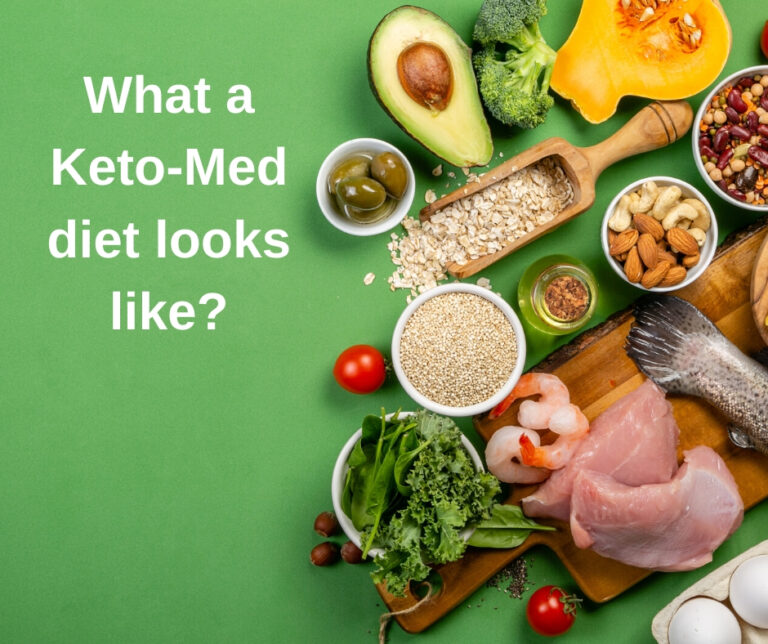
Health Benefits of Intermittent Fasting
Metabolic Markers
In twelve studies with mice, time-restricted feeding was associated with reductions in body weight, total cholesterol, TGs, glucose, insulin, interleukin-6 (IL-6), and TNF-α; as well as improvements in insulin sensitivity. (5)Weight Loss
Another study among 29 normal-weight men (two weeks per study condition), a prescribed nighttime fasting interval of ≥11 hours resulted in a significant weight change difference between the intervention (−0.4 kg) and control (+0.6 kg) conditions, which translates into 1.3% weight loss. (5)
Another cross-over study compared the effect of consuming one afternoon meal per day for 8 weeks and reported 4.1% weight loss in comparison to a low-calorie diet consumed as three meals per day. One meal per day was also associated with reductions in fasting glucose, and improvements in LDL- and HDL cholesterol. While self-reported hunger was higher in the morning for those consuming 1 meal per day, this fasting regimen was considered acceptable because there were no meaningful changes in tension, depression, anger, vigor, fatigue, or confusion. (5)

PROLONGED FASTING & AUTOPHAGY
Prolonged fasting, often referred to as extended fasting or extended-duration fasting, is an intentional and sustained period of abstaining from calorie intake for an extended period of time, typically lasting beyond 48 hours and often ranging from several days to even weeks.
During prolonged fasting, the body undergoes a series of metabolic changes that can include autophagy, where the body’s cells begin to recycle and repair themselves, and a shift into a deeper state of ketosis, where the body primarily utilizes stored fat for energy.
Prolonged fasting is undertaken for various health and wellness reasons, including potential benefits for weight management, metabolic health, and cellular rejuvenation. It should be approached with caution and under the guidance of a healthcare professional or medical herbalist due to its more extended duration and potential impact on the body’s nutritional and metabolic balanc
Health Conditions Improved by Prolonged Fasting
Fasting and Asthma
Serum markers of oxidative damage and inflammation, as well as clinical symptoms, are reduced over a period of 2–4 weeks in asthma patients maintained on an alternate-day fasting diet (1)
Fasting and Breast Cancer
Similarly, when on a 2 days/week fasting diet overweight women at risk for breast cancer exhibited reduced oxidative stress and inflammation (1)
Anti-aging
Additional effects of fasting in human cells that can be considered as potentially ‘anti-aging’ are the inhibition of the mTOR pathway, stimulation of autophagy and ketogenesis (1)
Reduction of caloric intake without malnutrition is one of the most consistent anti-aging experimental interventions. Studies on both non-human and human primates showed that caloric restriction extends lifespan. Scientists found that 2 biomarkers of longevity (fasting insulin level and body temperature) and DNA damage were decreased by prolonged calorie restriction (6 months) in humans, although protein carbonyl concentrations were not changed from baseline.
Other various mechanisms are invoked by researchers to explain the anti-aging effect of caloric restriction: reduced lipid peroxidation, increased efficiency of oxidative damage repair, enhanced antioxidant defense and decreased mitochondrial free radical generation rate.

Fasting for Weight loss
Elderly men exhibited reductions in body weight and body fat and improved mood (1)
Fasting affects Insulin levels
Fasting for 3 or more days causes a 30% or more decrease in circulating insulin and glucose, as well as a rapid decline in the levels of insulin-like growth factor 1 (IGF-1), the major growth factor in mammals, which together with insulin is associated with accelerated aging and cancer (1)
Fasting and Cancer
Fasting holds significant promise in the realms of both cancer prevention and treatment. Although there is limited human data on cancer prevention, fasting’s potential to reduce insulin and glucose levels while increasing anti-inflammatory and ketone body levels may create a protective environment, reducing DNA damage and carcinogenesis. Moreover, fasting may protect against cancer by diminishing cellular and DNA damage and promoting the death of pre-cancerous cells (1)
Furthermore, a preliminary study involving 10 subjects with various malignancies found that combining chemotherapy with fasting led to a notable reduction in self-reported common side effects associated with chemotherapy compared to subjects receiving chemotherapy on a standard diet. Ongoing clinical trials in Europe and the US are further investigating the impact of fasting on chemotherapy toxicity and cancer progression (1)
A Ketogenic diet was also positively associated with cancer, which was indicated by eight out of nine studies. (4)Fasting for Blood Pressure
An average of 13 days of water-only fasting resulted in the achievement of systolic blood pressure (BP) below 120 in 82% of subjects with borderline hypertension with a mean 20 mm Hg reduction in BP. BP remained significantly lower compared to baseline even after subjects resumed the normal diet for an average of 6 days.
Fasting and metabolic syndrome
Periodic fasting can reverse multiple features of the metabolic syndrome in humans: it enhances insulin sensitivity, stimulates lipolysis and reduces blood pressure. Body fat and blood pressure were reduced and glucose metabolism improved in obese subjects in response to an alternate-day modified fast. Overweight subjects maintained for 6 months on twice-weekly intermitting fasting in which they consumed only 500–600 calories on the fasting days, lost abdominal fat, displayed improved insulin sensitivity and reduced blood pressure (1)
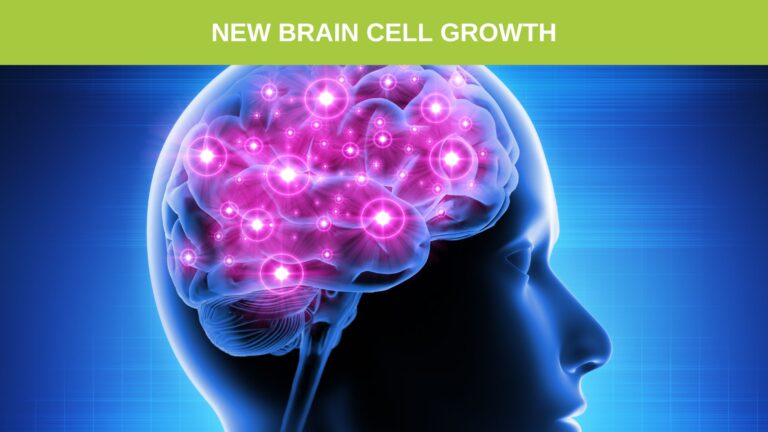
Fasting and Brain function
One of the benefits people report from detoxing is better mental health. Findings from animal studies show ‘brain cell growth’ mechanisms by which Parkinson’s disease, autism spectrum disorder, and mood and anxiety disorders could benefit from intermittent fasting. (15)
In a similar fashion, detoxing with herbs and a clean diet can bring about changes in mood, and mental clarity. There can be short-term withdrawals, mood swings, and even tears in the beginning, but ultimately detoxing can lead to a new sense of peace and happiness. Well worth it!
Research has unveiled promising insights into optimizing brain health through dietary approaches. Subjects with mild cognitive impairment experienced improvements in delayed visual memory, cerebrospinal fluid biomarkers related to Aβ metabolism, and brain bioenergetics after adhering to a low glycemic diet for one month. (7)
Additionally, time-restricted intermittent fasting, with periods of up to 12 hours, has demonstrated its ability to induce favorable stress-related changes in brain chemistry, enhancing synaptic function. The concept of intermittent metabolic switching, involving cycles of metabolic challenges inducing ketosis (fasting) followed by recovery periods (eating, resting, and sleeping), holds the potential for optimizing lifelong brain function and resilience. (7)
See this short video which explains how this has been proven.
Ketosis and Brain Cancer
There has been considerable research into the potential benefits of the ketogenic diet in the context of cancer treatment, including brain cancer. A study published in the journal “Molecular Metabolism” explored the ketogenic diet as a complementary approach to enhance the efficacy of standard anticancer therapies.
The diet creates an unfavorable metabolic environment for cancer cells and can be regarded as a promising adjuvant as a patient-specific multifactorial therapy. The majority of preclinical and several clinical studies support the use of the ketogenic diet in combination with standard therapies based on its potential to enhance the antitumor effects of classic chemo- and radiotherapy. (16).
Another study, specifically focusing on malignant brain cancer, found that a calorically restricted ketogenic diet could be an effective alternative therapy. This dietary approach was shown to influence the growth of certain brain tumors in mice, suggesting potential therapeutic benefits (17).
A study reported by ScienceDaily found that a modified ketogenic diet could be beneficial for people with brain tumors. This small study indicated that the diet was safe and feasible for people with brain tumors and might improve certain aspects of the patient’s quality of life. (18)
These findings suggest a potential role for the ketogenic diet as part of a multifaceted approach to cancer treatment, particularly in brain cancer.
Other Benefits of Complete and Prolonged Fasting
Studies have shown that prolonged fasting (PF) in mice has remarkable effects, including promoting the self-renewal of intestinal stem cells, muscle stem cells, and nerve regeneration, preserving the long-term regenerative capacity of blood cells, and preventing age-related decline in blood cells. (8)
These physiological changes are more significant than those observed with calorie restriction or shorter fasting durations due to the shift to fat and ketone-based metabolism after glycogen depletion.
Moreover, this research suggests that cycles of extreme dietary intervention could be a potent method to modulate key cellular protection and tissue regeneration regulators. It also holds promise for reversing or alleviating immunosuppression, immunosenescence, and various diseases affecting the hematopoietic, immune, and other systems and organs (8)

DETOX DIET FASTING
There is an overwhelming rationale for using herbs in combination with a pure clean wholefood diet to benefit long-term health, and fasting can be a major part of this.
It can include either a partial fast such as a raw-food-only diet, intermittent fasting, eating only between 10 am and 6 pm and/or a period of complete fasting for 3-5. days towards the end of the program.
The detox diet triggers a good intestinal cleanse but does need some decent preparation. The main thing to remember when attempting to fast on a Herbal DETOX Program is to eliminate meats, starches, processed foods and stick mainly to fresh fruits, vegetables, and juices, smoothies, soups, and yogurt.
All of the above fasting methods can be integrated into your perfect detox diet fast.
By reducing negative gut bacteria and parasites, regulating the immune response, promoting better digestion and elimination, protecting the liver, improving bile flow, removing heavy metals, reducing blood sugar, cholesterol and encouraging weight loss we can potentially reduce and prevent the onset of the most common health problems of our time. See Detox Herbs Research Here
This must be largely due to the combined effects of fasting along with a reduction of toxin exposure, systemic inflammation, and metabolic acidosis which would underlie many modern chronic disease states, including metabolic syndrome, the world’s largest epidemic.
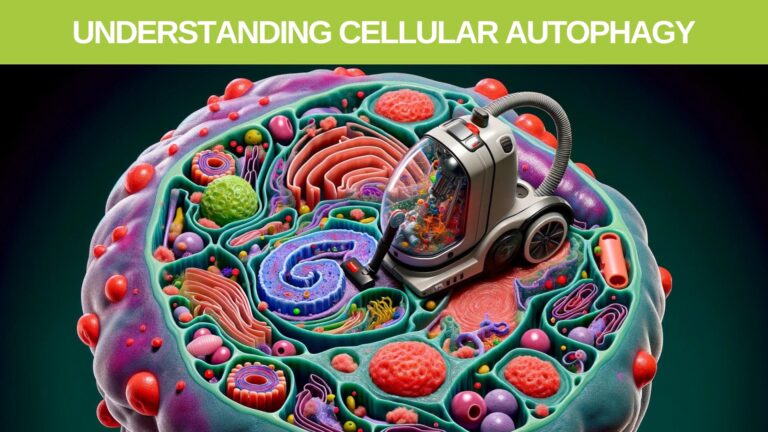
A DEEPER UNDERSATNDING OF FASTING WITH BIOCHEMISTRY
Autophagy The Garbage Catastrophe theory & Anti-ageing
Increasing evidence suggests an important role of oxidant-induced damage in the progress of senescent changes, providing support for the free radical theory of aging proposed by Harman in 1956. However, considering that biological organisms continuously renew their structures, it is not clear why oxidative damage should accumulate with age. No strong evidence has been provided in favor of the concept of aging as an accumulation of synthetic errors (e.g. Orgel’s ‘error-catastrophe’ theory and the somatic mutation theory). Rather, we believe that the process of aging may derive from imperfect clearance of oxidatively damaged, relatively indigestible material, the accumulation of which further hinders cellular catabolic and anabolic functions. (12)
Despite increasing evidence implicating molecular damage by oxygen-derived free radicals in aging it remains unclear why oxidatively damaged structures accumulate in the presence of efficient renewing mechanisms, which are responsible for a continuous degradation and re-synthesis of cellular components. The most plausible explanation for the known progressive accumulation of oxidatively damaged material, mainly occurring in long-lived postmitotic cells such as cardiac myocytes and neurons, is that the removal of damaged structures by recycling systems, including lysosomes, proteasomes and cytosolic proteases, is inherently imperfect. (11)
This explanation of age-related accumulation of damaged structures seems more reasonable than emphasizing the role of erroneous synthesis of biomolecules as was suggested in the error catastrophe and somatic mutation theories of aging. These theories per se could not explain many manifestations of aging. Indeed, abnormally synthesized structures would not accumulate and cause any harm as long as they were reasonably well removed. Oxidatively modified structures that accumulate within aging postmitotic cells include aberrant proteins, lipofuscin, other damaged macromolecules, and defective mitochondria. (11)
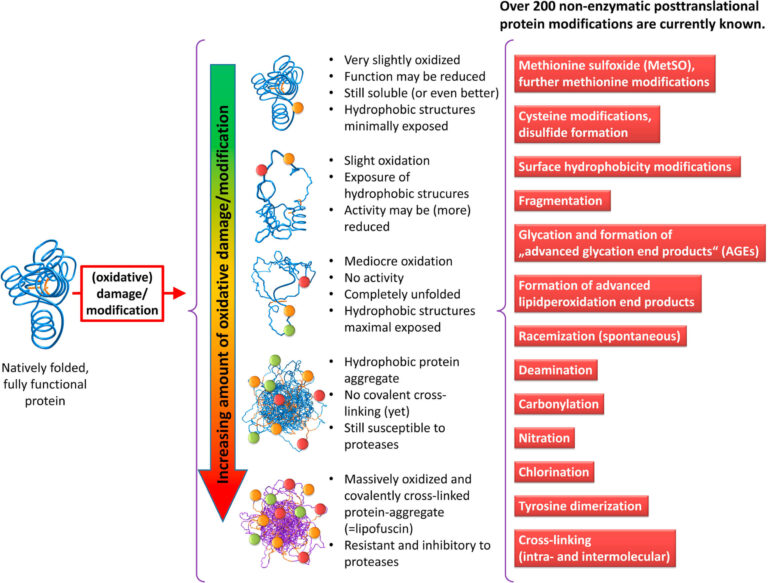
Because all these structures are functionally inefficient or completely worthless, they can well be considered as biological ‘‘garbage’’ or ‘‘waste’’ material.
Although the importance of biological ‘‘waste’’ accumulation in the progress of aging has been pointed out earlier, this idea has attracted little attention, most probably due to a lack of knowledge regarding the nature of ‘‘waste’’ products and their possible harmful effects.
The accumulation of ‘‘waste’’ material is harmful not only because it occupies a certain part of the cells’ interior, apparently interfering with intracellular transport, signaling, and metabolic processes, but also due to its toxic effects.
In particular, there is extensive evidence for the toxicity of protein oxidation products, and it was found that damaged mitochondria of senescent houseflies generate increased amounts of reactive oxygen species.
Furthermore, lipofuscin deposition within cultured cells increased their susceptibility to oxidant-induced apoptosis (cell death), while its accumulation in cultured T-lymphocytes made them progressively intolerant to activation.
Most importantly, because heavy lipofuscin loading of lysosomes appears to suppress autophagy and normal turnover of biomolecules, the accumulation of ‘‘garbage’’ would advance with age, inevitably leading to cell death. (11)
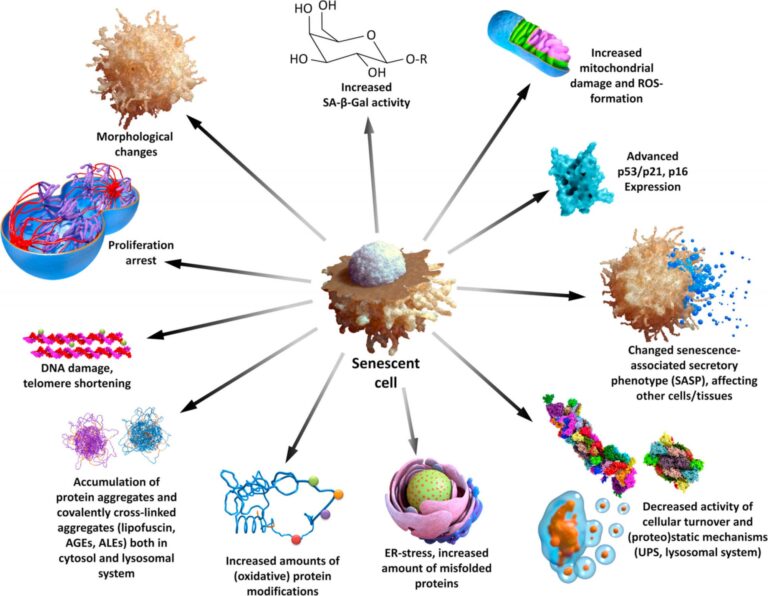
Essentially this cellular garbage would lead to what is called senescent cells. These are cells that are unable to divide and begin to age and die. Cellular senescence is a phenomenon characterized by the cessation of cell division.
In their groundbreaking experiments during the early 1960s, Leonard Hayflick and Paul Moorhead found that normal human fetal fibroblasts in culture reach a maximum of approximately 50 cell population doublings before becoming senescent.
This process is known as “replicative senescence”, or the Hayflick limit. Hayflick’s discovery of mortal cells paved the path for the discovery and understanding of cellular aging molecular pathways. Cellular senescence can be initiated by a wide variety of stress-inducing factors. These stress factors include both environmental and internal damaging events, abnormal cellular growth, oxidative stress, and autophagy factors, among many other things.
The physiological importance of cell senescence has been attributed to the prevention of carcinogenesis, and more recently, aging, development, and tissue repair. (13)
The importance of this Garbage Catastrophe theory can be seen in the following study on prolonged fasting, which shows how the cells clean up this toxic metabolic waste during a fast.
Immune Benefits and Cellular Self-Cleansing During Fasting
Stressors ranging from nutrient deprivation to immune signaling can induce the degradation of cytoplasmic material by a process known as autophagy. Increasingly, research on autophagy has begun to focus on its role in inflammation and the immune response. Autophagy acts as an immune effector that mediates pathogen clearance. Recent studies have demonstrated expanding roles for autophagy genes in both autophagy-dependent and -independent processes. Many of these processes have effects on the immune system, including immune cell differentiation, the coordination of metabolic signals, and both innate and adaptive immune defenses against pathogens. (14)
Thanks to Japanese scientist Yoshinori Ohsumi and others following in his footsteps, we now know that a process of self-digestion which takes place inside cells (called autophagy) during periods of fasting stress, controls important physiological functions where cellular components are broken down and recycled.
Autophagy can rapidly provide fuel for energy and building blocks for renewal of cellular components, and is therefore essential for the cellular response to starvation and other types of stress.
After infection, autophagy can eliminate invading intracellular bacteria and viruses. Perhaps that’s why we lose our appetite when sick? Cells also use autophagy to eliminate damaged proteins and organelles, a quality control mechanism that is critical for counteracting the negative consequences of aging.
Disrupted autophagy has been linked to Parkinson’s disease, type 2 diabetes and other disorders that appear in the elderly. Mutations in autophagy genes can cause genetic disease. Disturbances in the autophagic machinery have also been linked to cancer. Intense research is now ongoing to develop drugs that can target autophagy in various diseases. (9)
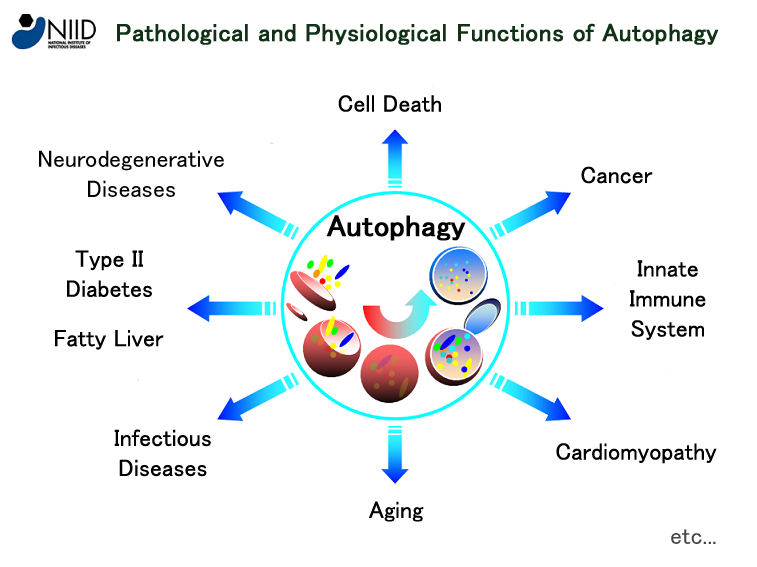
Recommended Reading
Dr Paavo Airola
One of my favorite books is “How to Get Well” by Dr. Paavo Airola. On Page 218 he says this. Quote “I can truthfully say after studying fasting for 30 years with some of the greatest specialists in the world (Dr. Are Waerland, Dr. Ragnar Berg, Dr Otto Buchinger, Jr) and evaluating their results as well as my own experience with hundreds of patients – that fasting is not only the most effective healing method known to man but also the safest” (2)
Dr Richard Anderson
Cleanse and purify yourself. This book outlines the practices of cleansing and ridding the body of parasites. A very interesting and informative read.
Conclusion
Based on the existing evidence from animal and human studies described, we conclude that there is great potential for lifestyles that incorporate periodic fasting during adult life to promote optimal health and reduce the risk of many chronic diseases, particularly for those who are overweight and sedentary. (1)
Animal studies have documented robust and replicable effects of fasting on health indicators including greater insulin sensitivity and reduced levels of blood pressure, body fat, IGF-I, insulin, glucose, atherogenic lipids, and inflammation. (1)
Fasting regimens can ameliorate disease processes and improve functional outcome in animal models of disorders that include myocardial infarction, diabetes, stroke, Alzheimer’s Disease and Parkinson’s Disease. One general mechanism of action of fasting is that it triggers adaptive cellular stress responses, which result in an enhanced ability to cope with more severe stress and counteract disease processes. (1)
In addition, by protecting cells from DNA damage, suppressing cell growth and enhancing apoptosis of damaged cells, fasting could retard and/or prevent the formation and growth of cancers. (1)
One of the best ways to complete a fast is alongside the Ultimate Herbal Detox Program. It allows you the time, space and commitment to follow through. The diet can be adjusted to suit personal requirements and personal guidance can be provided online by email and Live Chat.
My suggestions
Unless very experienced I would not recommend fasting in the traditional sense of the word, which is complete abstinence from food for more than 24 hours at one time. I would, however, recommend the technical/medical form of fasting which involves restriction. Have a look at our recipes page and choose from the “special diet” or “Herbal Program” drop-down menu and you will see specific foods on which you can fast.
By fasting on specific foods you can give your body a therapeutic dose of nutrients which can help your metabolic balance and general health.
To get the best results, try eating within only a fixed 8 hour period each day. I suggest eating between 11am-7pm and only drinking water before or after those times.
You can use intermittent fasting very successfully with any of our Detox and Slimming programs. Visit the shop Now
Many Blessing of health
Brett Elliott ®



